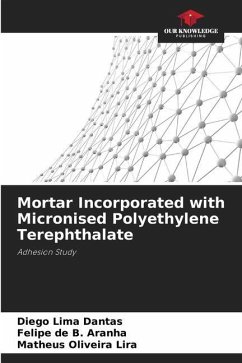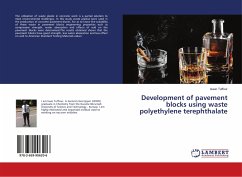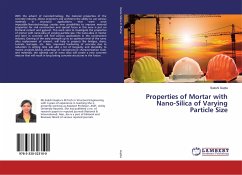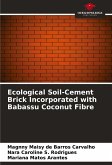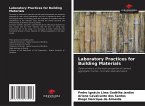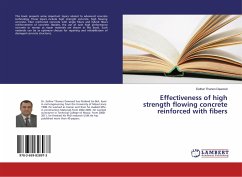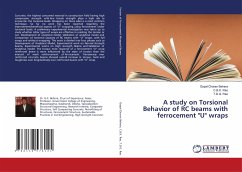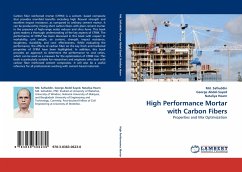Urban development is directly related to an increase in waste production. It is therefore necessary to develop techniques to ensure that this growth takes place in a sustainable manner, so as to reduce waste production and provide it with an appropriate destination. Among the most industrially produced materials are polymers, the most common of which is polyethylene terephthalate (PET). The natural degradation time of PET is between 100 and 400 years, which prevents it from being produced sustainably. In this sense, it is feasible to use it in ways that increase its useful life without discarding it completely, such as incorporating it into construction materials. The aim of this study was to assess the adhesion of mortars incorporated with 20% micronised polyethylene terephthalate. The specimens were marked, the cladding was cut, the tablets were glued to the substrate and the adhesion strength test was carried out in accordance with ABNT standard NBR 13528:2010. Two plasterboard panels with dimensions of 97 cm high, 85 cm wide and 2 cm thick were made to carry out the tests at ages of 7 and 14 days.
Bitte wählen Sie Ihr Anliegen aus.
Rechnungen
Retourenschein anfordern
Bestellstatus
Storno

